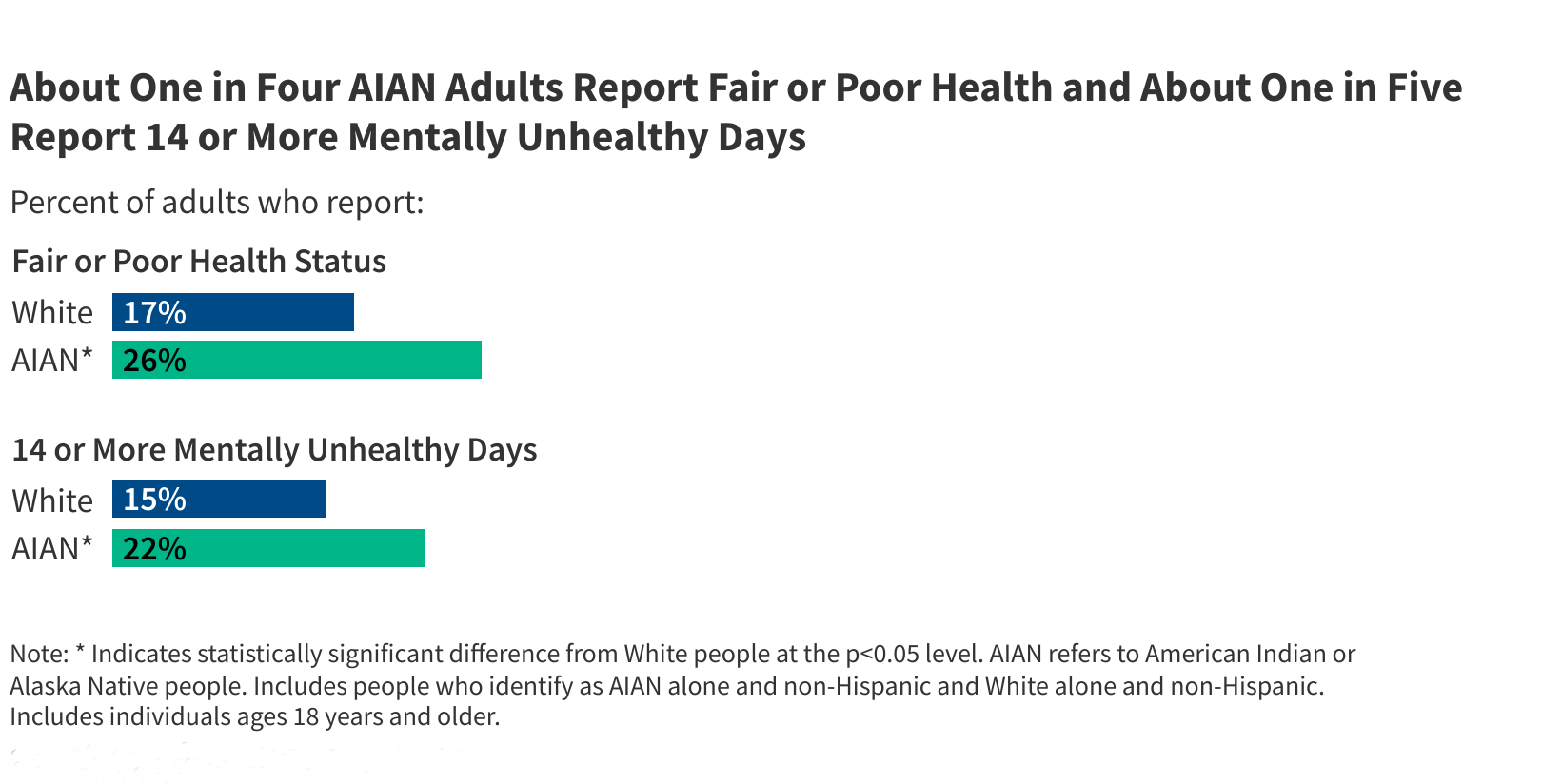The Social Security Administration announced a very modest Social Security benefit increase for 2025. Beginning next January, Social Security paychecks will reflect a Cost of Living Adjustment (COLA) of only 2.5%. The small bump is due to the steady decline in inflation, and lower prices for some goods and services. However, 2.5% is a significant decrease over the record setting 8.7% increase that was awarded in 2023 when inflation was skyrocketing.
2.5% COLA is Near the Average Increase Over the Last 20 Years
The 2.5% bump is only slightly lower than the 2.6% average increase seen over the last 20 years, but significantly smaller than a longer term average. Over the last 47 years, the average COLA is calculated at 3.7%.
The relatively modest increase for 2025 may feel inadequate, especially when prices are only just beginning stabilize.
High and low COLA increases
Since 1975 when COLAs were introduced, the highest Social Security COLA was 14.3% in 1980, but that was an anomaly. The only other times when the COLA was at or above 8% were in 1975 (8%), 1979 (9.9%), 1981 (11.2%), and 2023 (8.7%).
And, it is interesting to note that there have been 3 years with a 0% increase (2010, 2011, and 2016).
Will a 2.5% Increase Be Enough to Maintain Quality of Life?
This year’s COLA could be helpful. However, recent data from The Senior Citizen’s League (TSCL), an advocacy group, found that 80% of senior households in the 2024 survey reported that their monthly budget for essential items like food, housing, and prescription drugs had increased over the last 12 months, with 63 % saying they’re worried that their income won’t be enough to cover these basic costs in the coming months.
And, because of the way COLA is calculated (see below), previous increases did not keep pace with the increasing costs of Medicare and other retiree costs.
“Ensuring that seniors have enough to feed and house themselves with dignity is a major reason why we advocate for a minimum COLA of 3%,” says Shannon Benton, TSCL’s Executive Director. “TSCL research shows that approximately two-thirds of seniors rely on Social Security for more than half of their monthly income, and 28% depend on it entirely.”
Medicare Costs Will Determine the Real Impact of the COLA Increase
Research in 2022 from Mary Johnson, an analyst at the Senior Citizens League, found that over the past 21 years, COLAs have raised Social Security benefits by 55 percent but housing costs rose nearly 118 percent and healthcare costs rose 145 percent over the same period.
And, this year is no different. Fidelity’s annual cost of care survey found that out of pocket healthcare costs for people 65 and over rose 5% in 2024. This makes the rise in healthcare costs double the COLA.
And, since healthcare makes up a bigger percentage of an older person’s budget, the difference can be significant.
How Much Will Social Security Paychecks Increase with this COLA?
Social Security benefits vary widely depending on when you start benefits and your income levels over your working lifetime. However, on average, the spike will boost retirees’ monthly payments by more than $50.
The Social Security Administration says that they will begin notifying people about their new benefit amount by mail starting in early December. If you have a personal my Social Security account before Nov. 14, you can view your COLA notice online.
Is there an Upside to a Modest COLA Increase?
It might seem like a big increases in Social Security benefits is good news and smaller increases are bad. However, the bigger paychecks are intended to help retirees keep pace with inflation. And, inflation isn’t really good news for anyone.
Time to Update the Data in Your Retirement Plan
It is a good idea to always keep your retirement plans updated with any changes to your financial situation. This news may cause you to update your Social Security benefit amount as well as your inflation projections.
Social Security Benefit Amount
If you have already started Social Security, you may want to update your COLA projections in the Boldin Retirement Planner.
Inflation
In light of decreasing inflation, everyone should assess their assumptions for Social Security COLA, general inflation, housing appreciation, and medical inflation in the Boldin Retirement Planner.
How Social Security’s Cost of Living Adjustment (COLA) Is Calculated
The first Social Security COLA increase was in 1950. It took an act of Congress, and the benefit increased by 77%. Two more acts of Congress in the 1950s brought the total increase to 125% over its original level by the end of the decade. From 1950 to 1975 the COLA was increased by single acts of Congress nine times.
In 1973 legislation was passed that dictated that Social Security benefits would keep pace with inflation, and the first yearly automatic COLA increase was in 1975. The Social Security Act specifies that COLAs are determined based on increases (decreases are not used) in the Consumer Price Index for Urban Wage Earners and Clerical Workers (CPI-W).
The Social Security Administration uses the average CPI-W data from July, August, and September of the previous year and compares it to the same time period of the current year. The percent change in the two numbers is the COLA increase.
Does the way Social Security COLAs are calculated penalize retirees?
As it says in the name, the CPI-W measures the increases in costs of the types of things that urban workers typically buy. The problem with using this measure for Social Security is that retired seniors spend money quite differently than most workers. Most notably, seniors spend quite a bit more on healthcare than the general population.
To make matters worse, healthcare costs have typically risen much faster than most other goods and services. Different measures show that healthcare costs have risen 3% to 12% each year in the last decade. And seniors spend a greater proportion of their income on healthcare than an average worker.
According to the Senior Citizens League, “The suppressed growth in Social Security benefits not only creates ongoing benefit adequacy issues for retirees, but also Medicare budget problems when the COLA is not sufficient to cover rising Part B premiums for large numbers of beneficiaries.”
Alternatives to the CPI-W method of calculating the Social Security COLA have been proposed, including something called the R-CPI-E for “Retirement Price Index for Elderly Americans.” This method of calculating inflation specifically for people over the age of 62 was mandated by the Older Americans Act of 1987, but it has never been used to update the Social Security COLA.
How to Make Sure You Have Sufficient Retirement Income
Social Security is only designed to replace part of your retirement income. It is almost (but not quite) impossible to live on Social Security alone.
Here are 4 things you should do to make sure you have sufficient retirement income, regardless of Social Security 2022 increases:
1. Calculate All Sources of Retirement Income
You will want to think about how you will be withdrawing and/or earning from savings and whether or not you have a pension, passive income, or a retirement job.
2. Estimate Your Retirement Expenses
How will your spending change over the course of retirement?
3. Assess Inflation
Ronald Reagan said, “Inflation is as violent as a mugger, as frightening as an armed robber, and as deadly as a hitman.” And, it is true. Inflation will make whatever money you have become worthless. That is one of the reasons why predicting and calculating inflation correctly is so important for your future financial security.
4. Protect Yourself from Other Risks
Inflation is not the only unknown that could devastate your retirement finances. You also need to plan for a long life, a healthcare emergency, natural disasters, and more.
Build Projections of Social Security Income Into Your Retirement Plan
Sound complicated? It does not need to be.
The Boldin Planner is an easy-to-use but super-detailed tool that will tell you if you have sufficient retirement income. You can set different levels of spending and income for different phases of retirement.
You can even set your own estimated inflation rates – one for general spending, another for housing, and medical costs can also be specified separately. Try different rates for each category and see how much it impacts your retirement financial health.
Publisher: Source link










